Ethereum is undoubtedly the leader in the number of applications and protocols built on top of it in the field of decentralized finance. According to a study by DappRadar, DeFi’s transaction volume this year was about $ 270 billion, 12 times higher than the year before.
In today’s article, we will talk about Bitcoin’s role in the future of decentralized finance, building DeFi on Bitcoin, and the challenges the community faces in trying to implement affordable financial tools on the mainstream cryptocurrency network.
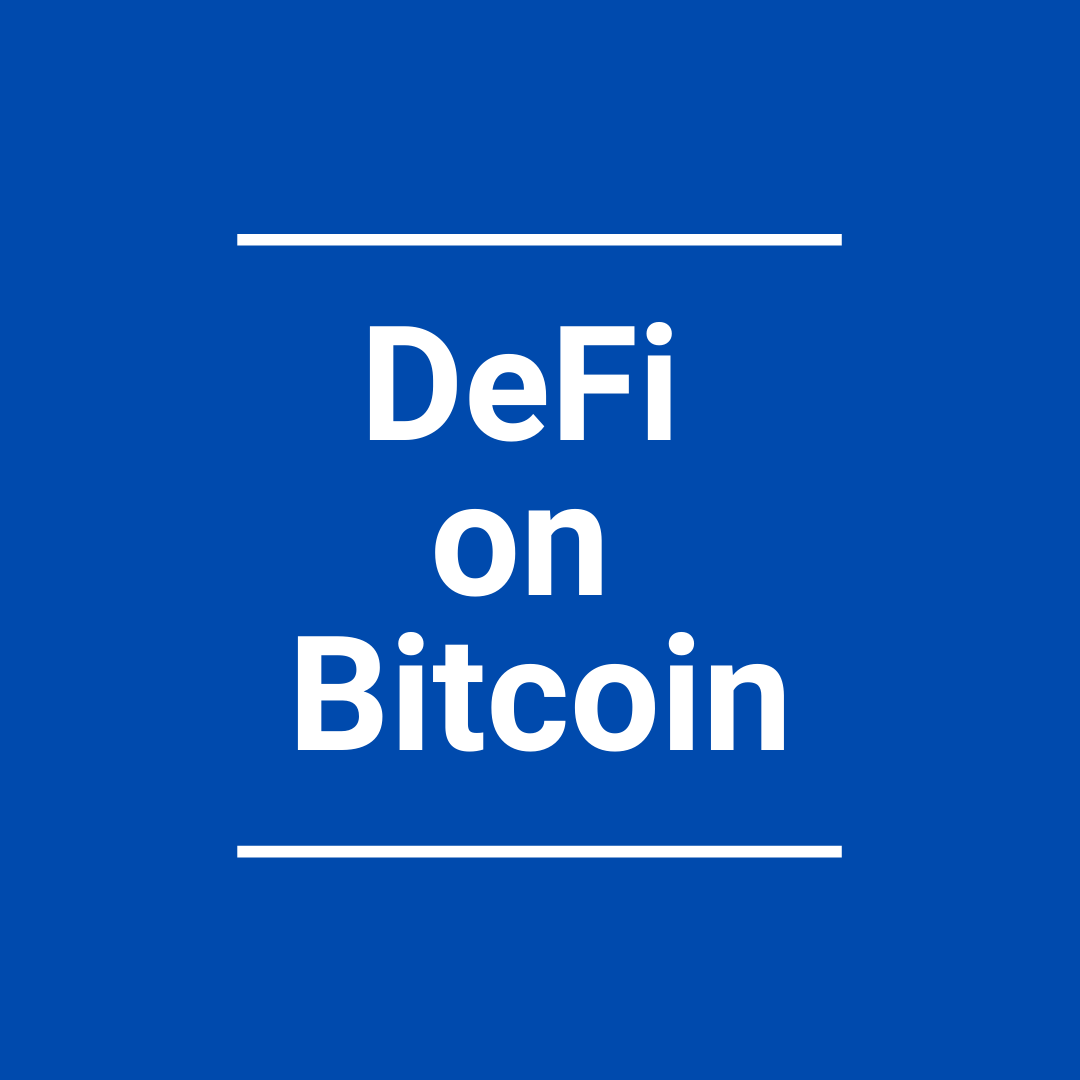
Bitcoin’s role
With the price rising above $ 20,000 and dominance exceeding 60%, the question of expanding the first cryptocurrency’s reach is even more acute. As an alternative to the traditional financial system, Bitcoin eliminates dependence on intermediaries and has the potential to become a global cashless system for making instant worldwide payments.
The creation of a decentralized financial system based on Bitcoin will lead the latter to become more than just a settlement system or an asset meant to store value, but also a global and secure environment for building financial relationships and instruments that can be accessed by anyone with an Internet connection.
The role of Bitcoin in building decentralized finance can be divided into two major areas:
- Developing solutions to attract BTC to DeFi;
- Building DeFi on top of the Bitcoin network.
This division is conditional, and approaches aimed at implementing solutions in both directions have their own complexities and drawbacks. That is why, when considering the role of Bitcoin in the development of DeFi, it is necessary to pay attention to both of these solutions for a broader understanding and vision of Bitcoin’s future in building free finance.
Centralized Financial Institutions
With the popularization of cryptocurrencies, centralized exchanges and centralized lending platforms that provide various BTC-backed financial instruments have become widespread. The obvious disadvantages of using such services are the necessity to provide personal data to use the service and store one’s funds on these platforms.
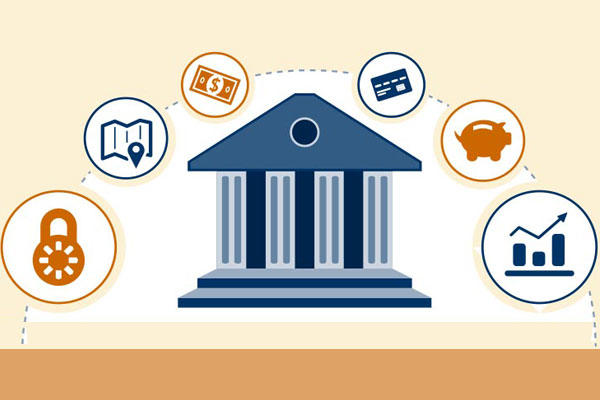
User funds and data are at risk because such platforms can be hacked. Users may be denied service because of the requirements of the corresponding jurisdiction. Funds can also be blocked at the request of law enforcement or in case funds have been flagged by tracking platforms like Crystal or Chainalysis.
Sidechains
Sidechains are separate blockchains with a two-way connection to the main chain. Companies like RSK and Liquid build sidechains with the ability to create smart contracts on top of the Bitcoin network. Simply put, sidechains are DeFi platforms where each user can create their own digital assets.
The RSK platform allows the use of BTC in smart contracts through the two-way bridge and S-BTC token. A bridge was also built between Bitcoin and Ethereum networks, which allows to transfer any Ethereum ERC20 token.
Money on Chain, which is a developer of DeFi protocols backed by BTC, has created a protocol based on RSK, which consists of four tokens providing several options for BTC holders, including leveraged transactions.
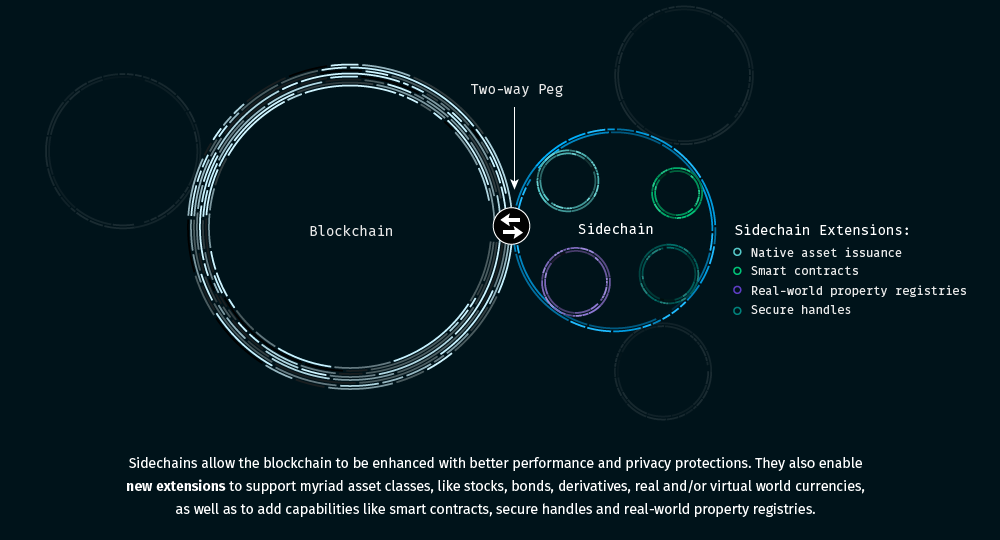
The companies are currently working on integrating RSK, Liquid, and Lightning networks to interact with assets in other systems. RSK developers have also announced the launch of a tool to enable Aave tokens interaction with BTC.
Atomic swaps
Atomic Swaps technology, which we have already talked about in our blog, appeared long before the heyday of DeFi. The complexity of conducting an instant exchange of one cryptocurrency to another without a third party is expressed in the construction of cross-chain networks, that is, organizing the interaction between a pair of independent blockchains.
The first implementation of atomic swaps was the LTC-to-DCR exchange using Hash Time Locked Contract (HTLC). HTLC is a type of smart contract that allows to execute transactions within a specified time. The implementation of atomic swaps also requires blockchain-connected payment channels, which are provided by the Lightning Network. Although the Lightning Network (LN) is not a prerequisite, the integration of the Lightning Network into atomic swaps allows linking different blockchains, where swap participants can act as a payment gateway.
Atomic swaps between BTC and LTC were later successfully implemented, and then Komodo developers swapped BTC and KMD.
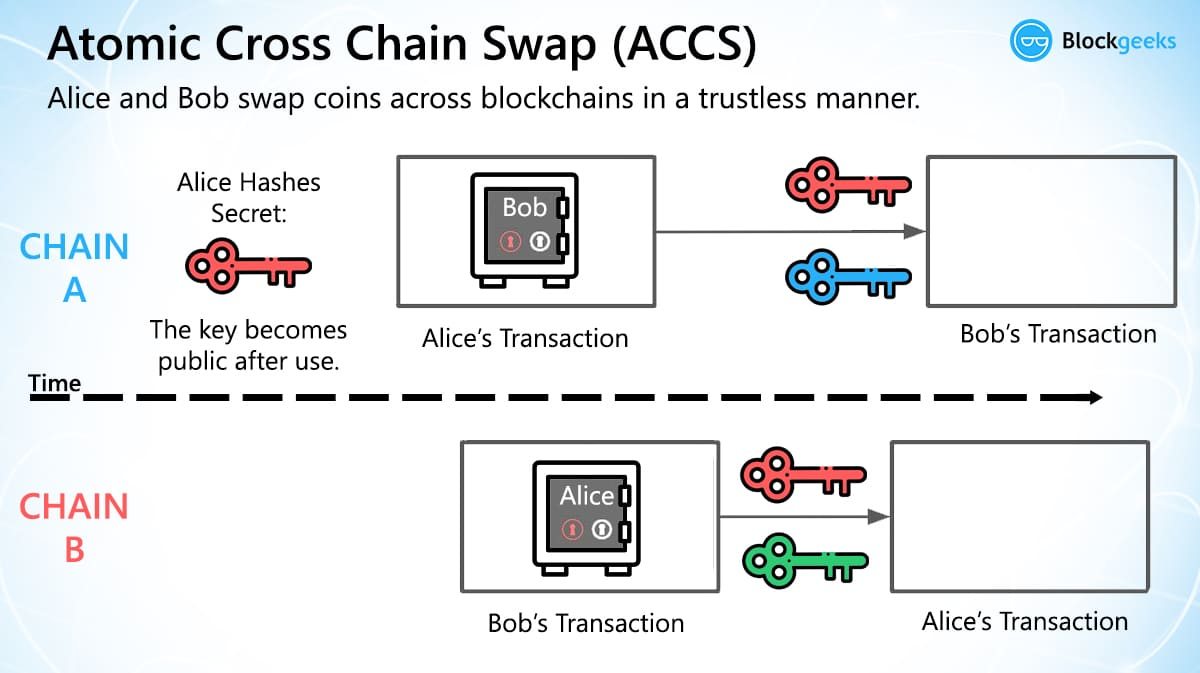
To exchange BTC for other cryptocurrencies using swaps, you need to know the recipient’s address. Creating a liquidity pool without tokenizing the assets, which is what the Uniswap decentralized exchange does, is impossible. This leads to the problem of interacting with Bitcoin DeFi assets, as the lack of pools and AMMs leads to a lack of liquidity providers that also need to be online 24 hours a day.
The Liquality Project has released the Liquality Atomic Swap wallet, which functions through atomic swaps and HTLC contracts. The wallet itself acts as the counterparty for all available swaps. Atomic swaps allow users to keep their private keys throughout the entire cryptocurrency exchange process. This solution acts as an alternative to wrapped Bitcoins such as WBTC.
A similar solution is Jelly Market’s cross-chain protocol for atomic swaps, which allows users to add liquidity, profit from trades and exchange assets. Swaps for ERC20, BTC, AE and other blockchain tokens are available on the platform.
Atomic swaps and the development of value transfer solutions from one blockchain to another without relying on third parties in a trustless manner lead to bridging the gap between Bitcoin and DeFi on Ethereum.
Tokenized Bitcoins
Attracting additional liquidity to the DeFi sector comes from the development of so-called tokenized Bitcoins, which we talked about in one of our previous articles. Thus, Wrapped Bitcoin (WBTC) was the first Bitcoin-backed token, which allows BTC holders to use smart contracts on Ethereum. As the price rose, WBTC reached second place among DeFi projects with $ 2.7 billion or 116,000 BTC locked, which is about 0.6% of the mined coins.
At the same time, in order to acquire WBTC, users need to lock their original coins and receive tokenized assets in return. WBTC is built on a consortium model of vetted organizations, which means that the exchange of original coins to and from WBTC is handled by third-party custodians.
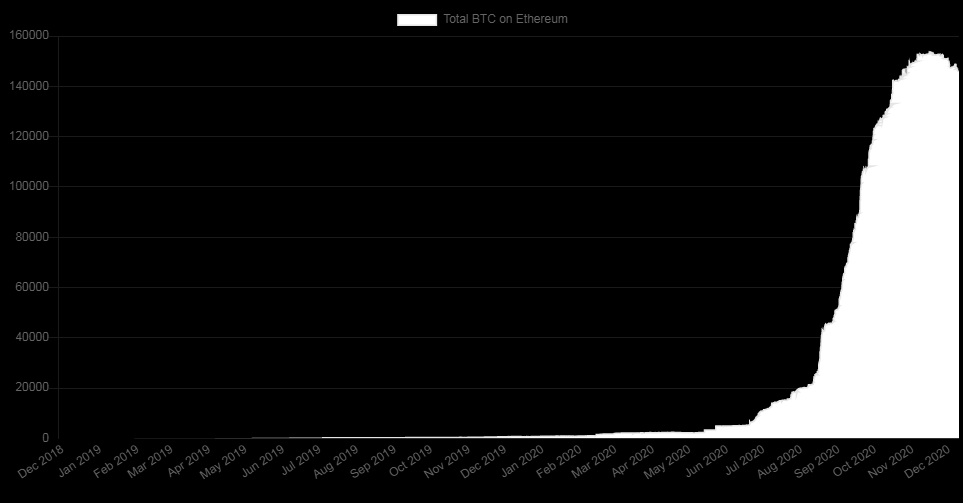
And while there are Bitcoin tokenization solutions that utilize more trustless mechanisms, they have their drawbacks. For example, tBTC requires the users to deposit a significant amount of collateral in ETH, making it less scalable.
The RenVM solution, which functions similarly to tBTC, uses REN tokens rather than ETH as collateral. The disadvantage of this approach is that when using such a young protocol, users need to exchange their BTCs for REN tokens, and if the protocol loses community’s trust for whatever reason, the tokens may depreciate in value, and users will not be able to return the locked coins.
The Future of DeFi on Bitcoin
Bitcoin, acting as a store and transmitter of value, is the most secure blockchain due to its significant hashing power and high infrastructure maintenance costs. For this reason, the creation of decentralized finance based on the Bitcoin blockchain is a promising area of development.
The rapid development of decentralized finance on the Ethereum platform skyrocketed due to the platform’s ability to handle various smart contracts of any complexity. The lack of a variety of tools for creating smart contracts is the stumbling block for creating Bitcoin-based DeFi solutions.
Bitcoin is written in a simple and primitive Bitcoin Script language, unsuitable for accommodating complex smart contracts. Blockstream is tackling this problem by working on Simplicity, a programming language to execute smart contracts that can be integrated with the higher-grade Ivy language.
The emergence of new DLC-type contracts that allow participants to carry out transactions related to future events has made the creation of Bitcoin-based derivatives and predictive markets possible.
At the same time, the RGB protocol, which is the standard for issuing, transferring, and storing non-Bitcoin assets, will enable the creation of digital instruments on top of the Bitcoin blockchain and lightning network.
And while Bitcoin’s infrastructure is not currently ready for a full-fledged financial ecosystem, Bitcoin has the potential to provide a more secure ground for the creation of DeFi-applications.
Disclaimer: The contents of this article are not intended to be financial advice and should not be treated as such. 3commas and its authors do not take any responsibility for your profits or losses after you read this article. The article has been presented to provide readers with general information. There is only personal experience described herein. The user must do their own independent research to make informed decisions regarding their crypto investments.


